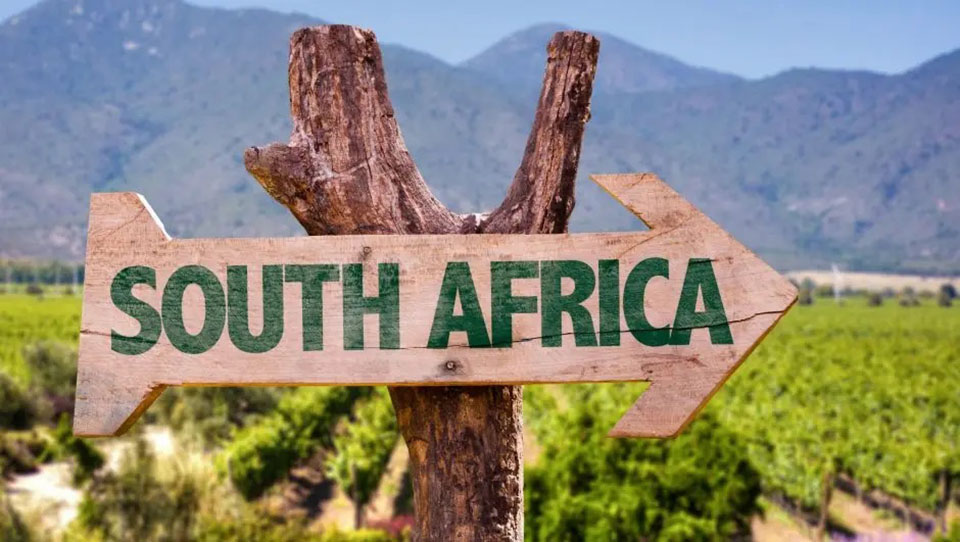
During the 1970s, I used to enjoy lengthy summer holidays because for those of us in teaching, that was the best perk of the job. After a hectic summer term of school examinations, concerts and tours, we needed the holidays I can tell you. If I had enough money, my favourite destination was invariably the South of France where I would drive in the trusty Triumph 2500. The route was nearly always the same: a quick visit to Paris, across to Burgundy to spent a few days meandering around the country roads, then hit the motorway for the trek to the south. Of course, you could do the whole journey in a couple of hours by plane, but air travel was expensive in those days and besides, I preferred to drive. It provided a real sense of going somewhere. You could sense the gradual change in the climate and the vegetation. Even the colours and smells start to change as you move closer to Provence and the South of France. Seeing the first palm tree was a thrill indeed.
To me, Provence meant light al fresco meals in the garden, for the sultry summer weather was too inviting to eat indoors. Then, of course there was the wine. It always seemed appropriate to choose the local stuff. Most of the time, we would accompany our meals with cheap and cheerful rosé wines which were perfect for light summer snacks.
People often assume that rosé (ro-ZAY) is a relatively modern invention, but its origins can be traced back to the sixth century. It was probably first made in or near Marseille, that sprawling cosmopolitan city on the shores of the Mediterranean. Although today, rosé is produced in many countries, its spiritual home has always been the southern regions of France, especially Provence which is the unofficial rosé capital of the world. For years, rosé was dismissed by wine connoisseurs as undistinguished plonk. Those days have long gone and in more recent times, many wine makers have taken the style more seriously.
Rosé is not a specific type of grape; the name simply refers to the pink colour. Even so, many rosés are not pink at all, but range from pale orange to a faint purple, depending on the grapes used and the way the wine was made. Any red grape variety can be used but the most popular are Grenache, Sangiovese, Syrah, Mourvèdre, Cinsault and Pinot Noir. Fresh grape juice is almost colourless and the colour in red wine comes mostly from the grape skins. When red wine is made, the skins (usually with the seeds and stems as well) are left to soak in the grape juice for anything between three and a hundred days. The process is known as maceration and it draws the colour out of the skins into the grape juice. Rosé requires maceration of just a few hours to create the delicate pink colour. A few days ago, I overheard some large ignorant bloke in the bar remark that pink wine is “a lady’s drink”. This of course is dim-witted nonsense, and I would have told him so, had he not resembled a sumo wrestler.
A glass of ice-cold rosé looks tantalizingly tempting but it’s nearly always a relatively simple wine with a delicate aroma and taste. It’s perfect for light meals, al fresco or otherwise. Rosé are invariably dry and best served cold: straight out of the fridge will do. They make an excellent apéritif but they also go well with a surprisingly wide range of foods. You can drink them with almost anything, though common pairings include barbecued meats, roasts, grilled seafood and vegetables, spicy foods, sushi, salads and soft cheeses. Medium-bodied rosés which also look darker can be paired with dishes that include anchovies, olives, garlic, and saffron.
Rhanleigh Rosé 2022 (South Africa) Bt 479+VAT @ Vines to Vino, Pattaya.
The origins of winemaking in South Africa begin in the 17th century and the days of the Dutch East India Company. Rhanleigh wines is between the modest towns of Robertson and Ashton which lie in the broad and fertile Breede River Valley, the largest fruit and wine producing valley in the Western Cape.
This young wine is made from 100% hand-harvested Grenache grapes planted in well-drained rocky soil. At the winery, the grapes were given a mere three hours of maceration time. As a result, it’s a delicate salmon pinkish-grey. There are “legs” in the glass too, if these things interest you. On second thoughts, there are “legs” in the glass whether they interest you or not. Anyway, at 13% ABV, the wine has a light and fruity aroma and you might detect orange and pomelo. The mouth-feel is remarkably smooth and there’s a lively touch of acidity. It’s dry of course, light-bodied and refreshing with a long satisfying finish.
In typical rosé fashion it’s a basic, straightforward wine which would be perfect for simple snacks. If your taste normally runs to a beefy blow-your-socks-off Australian Shiraz, you might not enjoy this unassuming wine. But it seemed to me a perfect choice for picnic food when you just need something dry, crisp and refreshing to swig with your meal. It went a treat with the sausage rolls and salad that provided our dinner last night.





